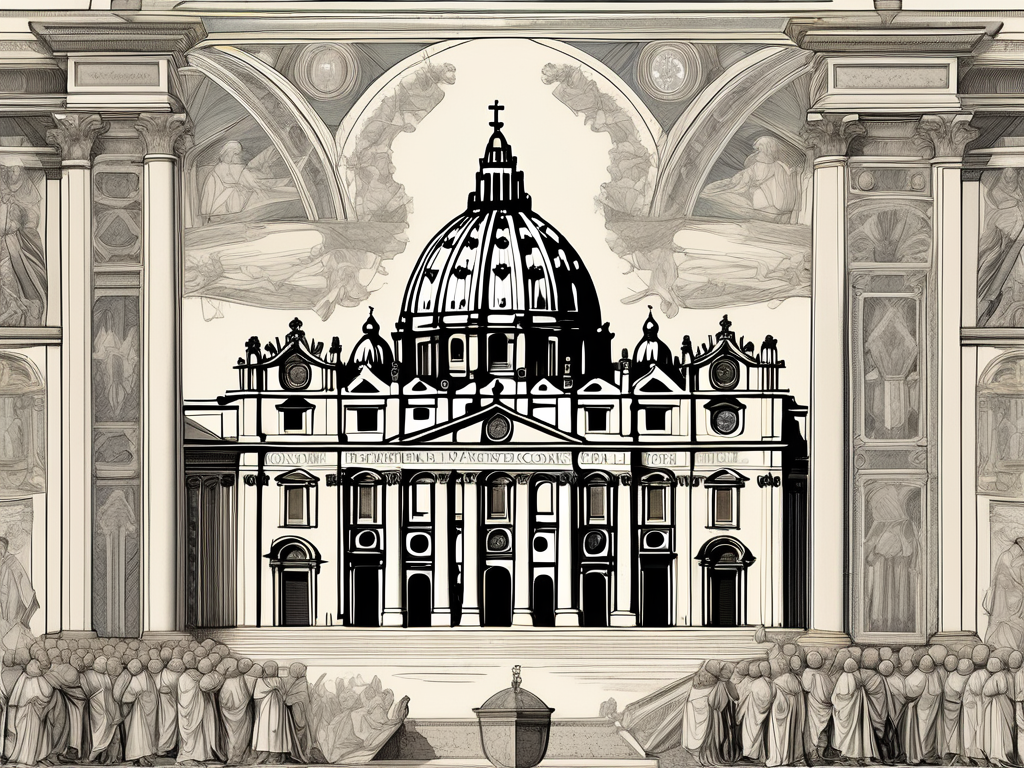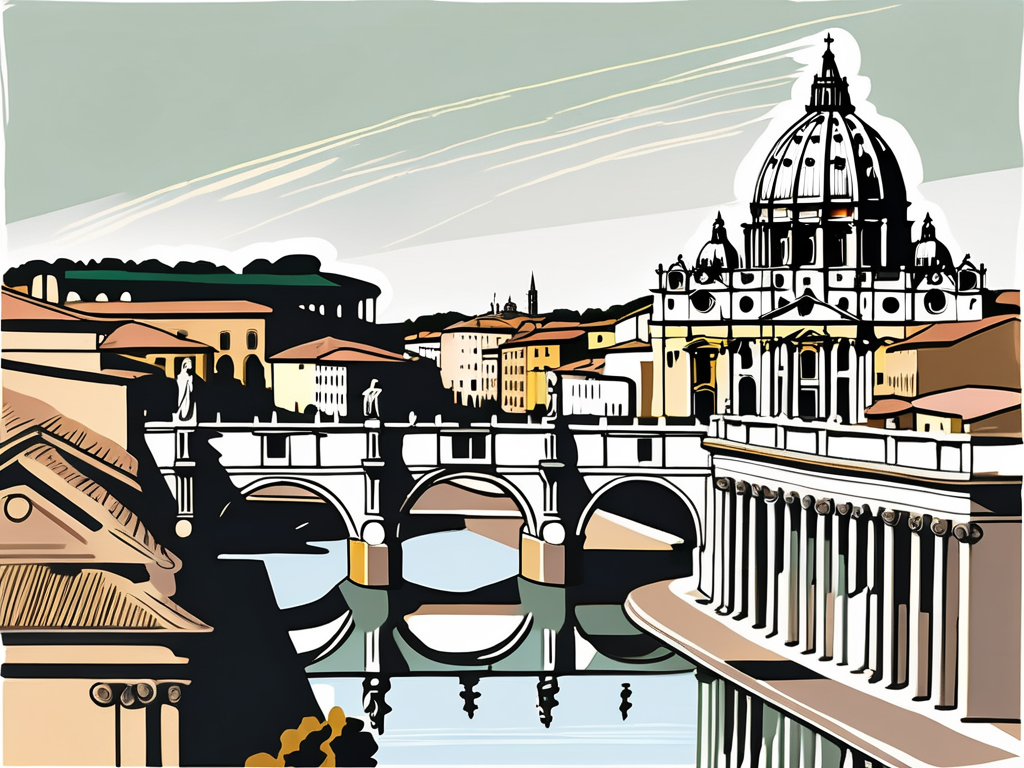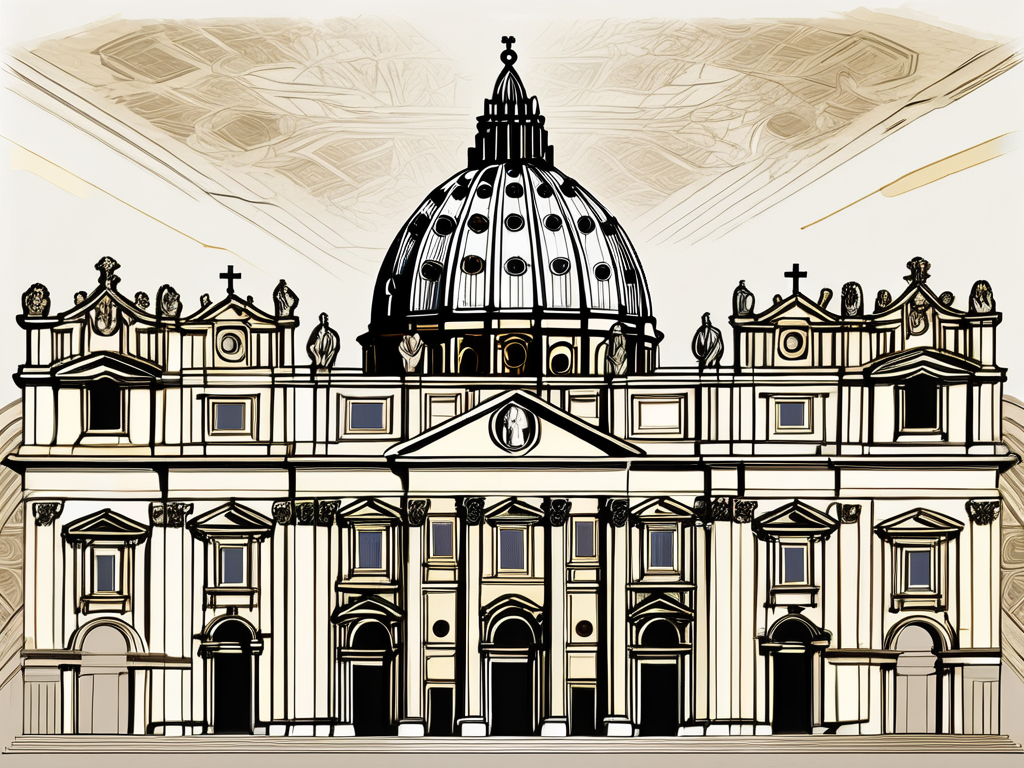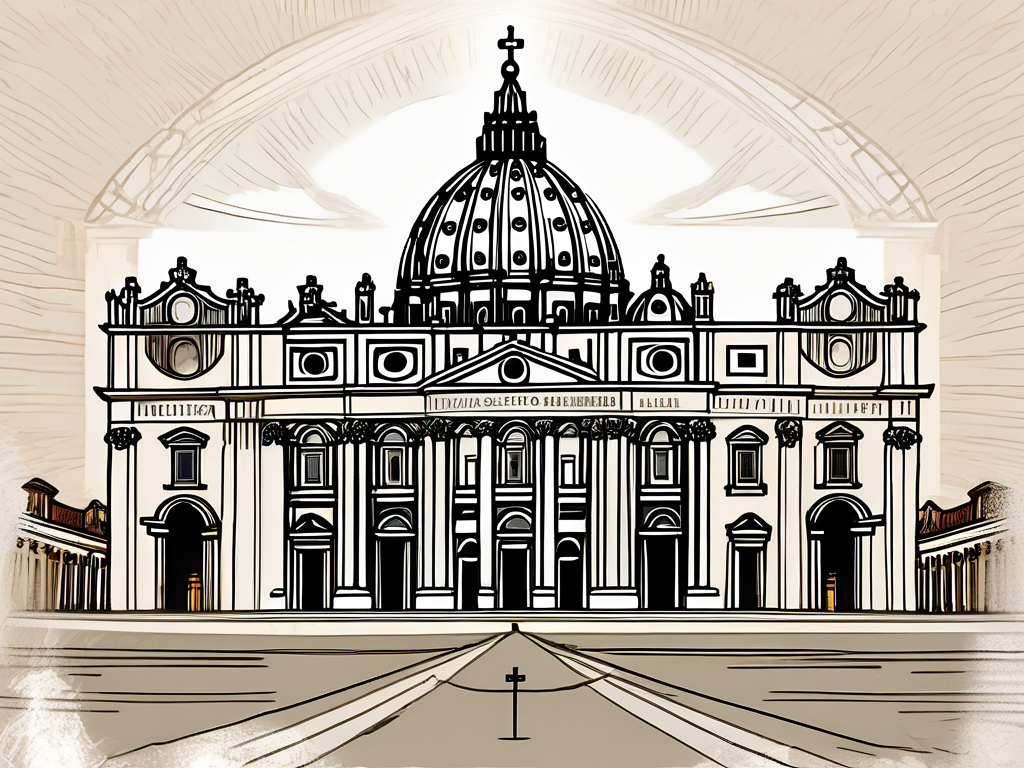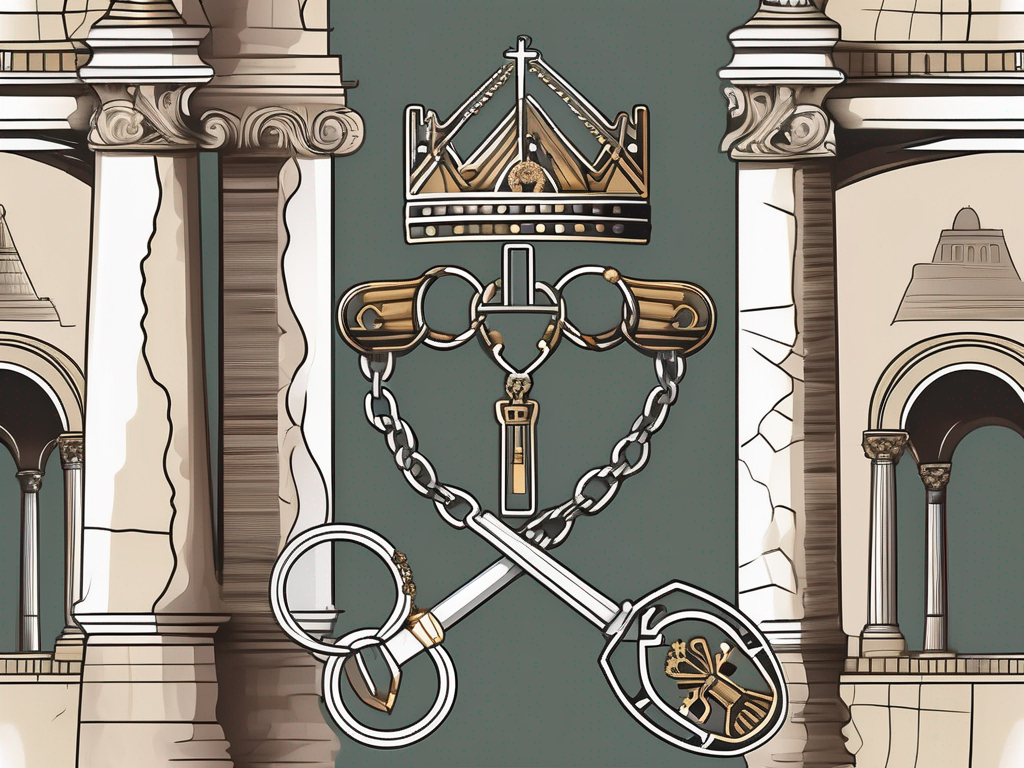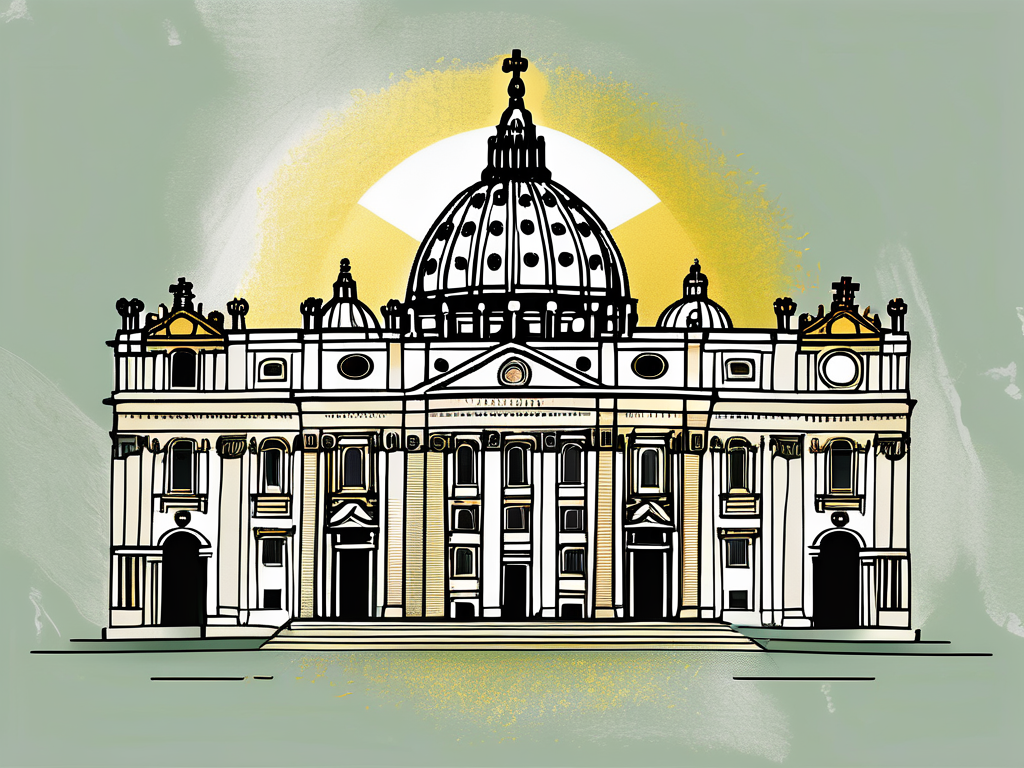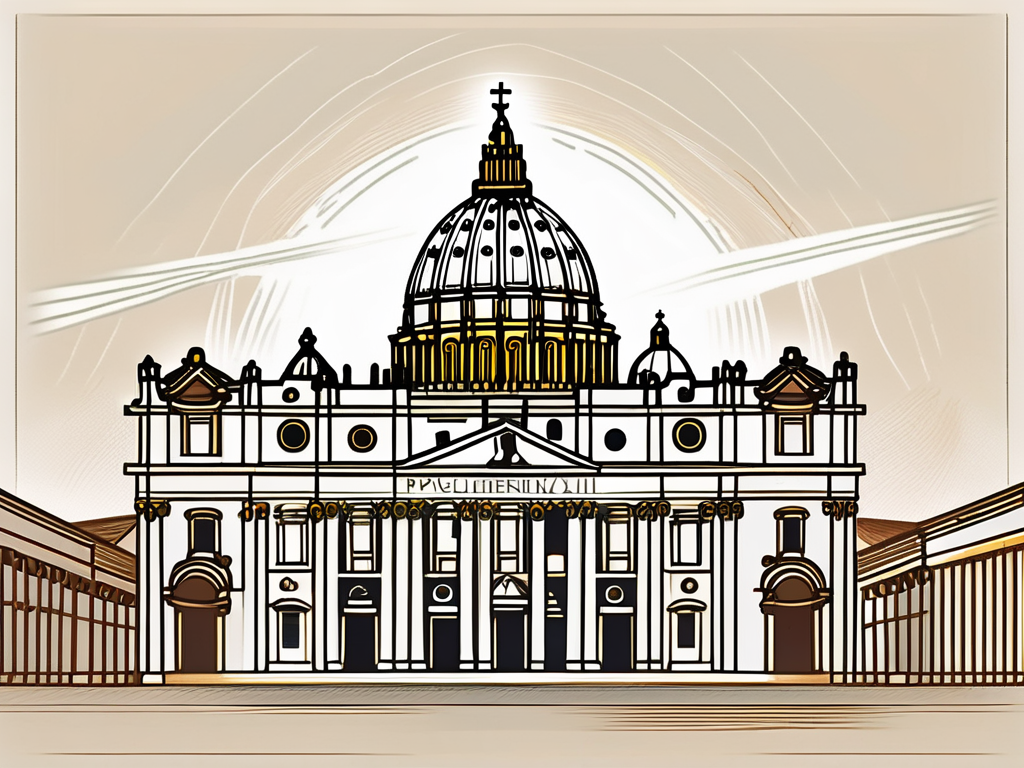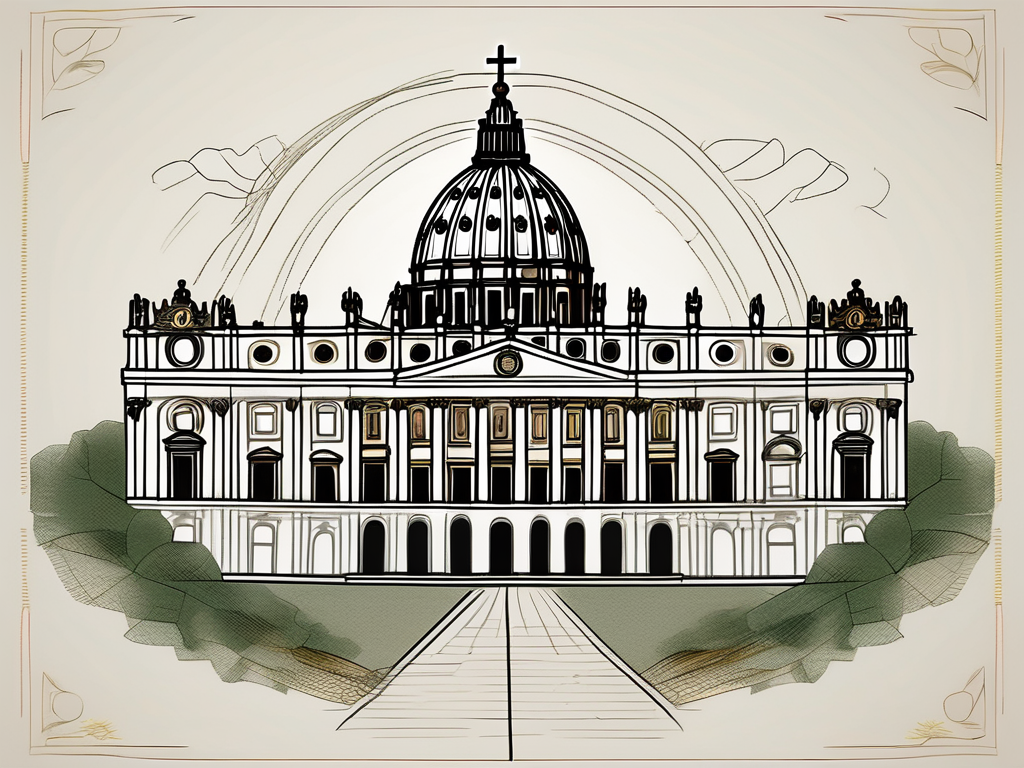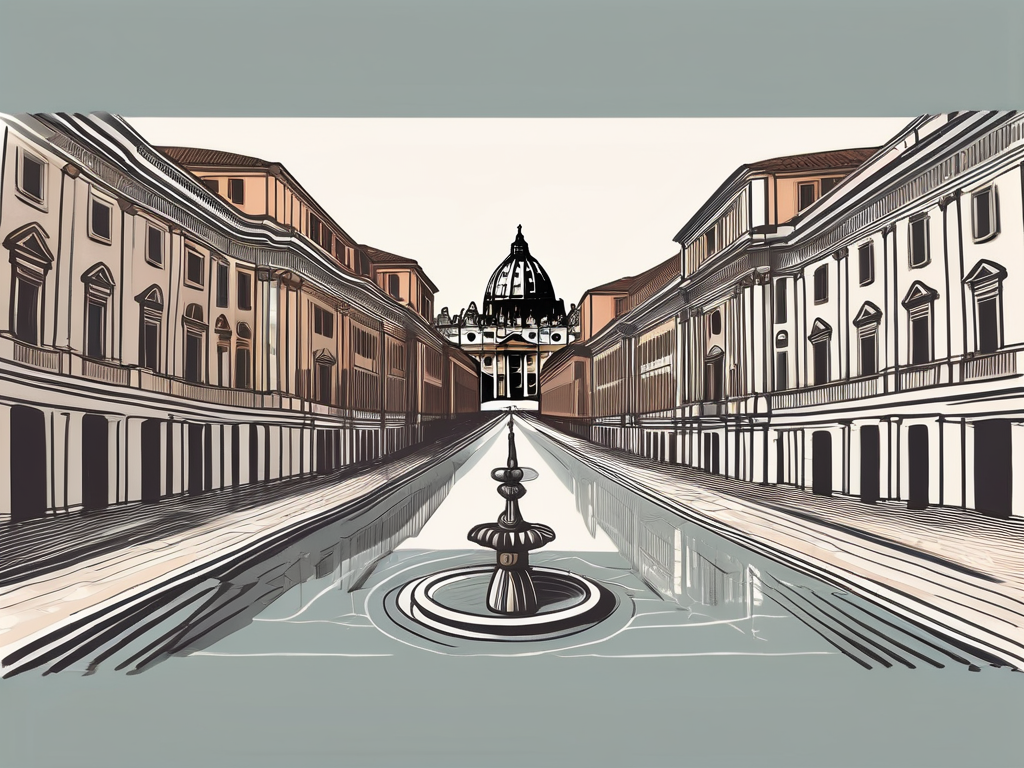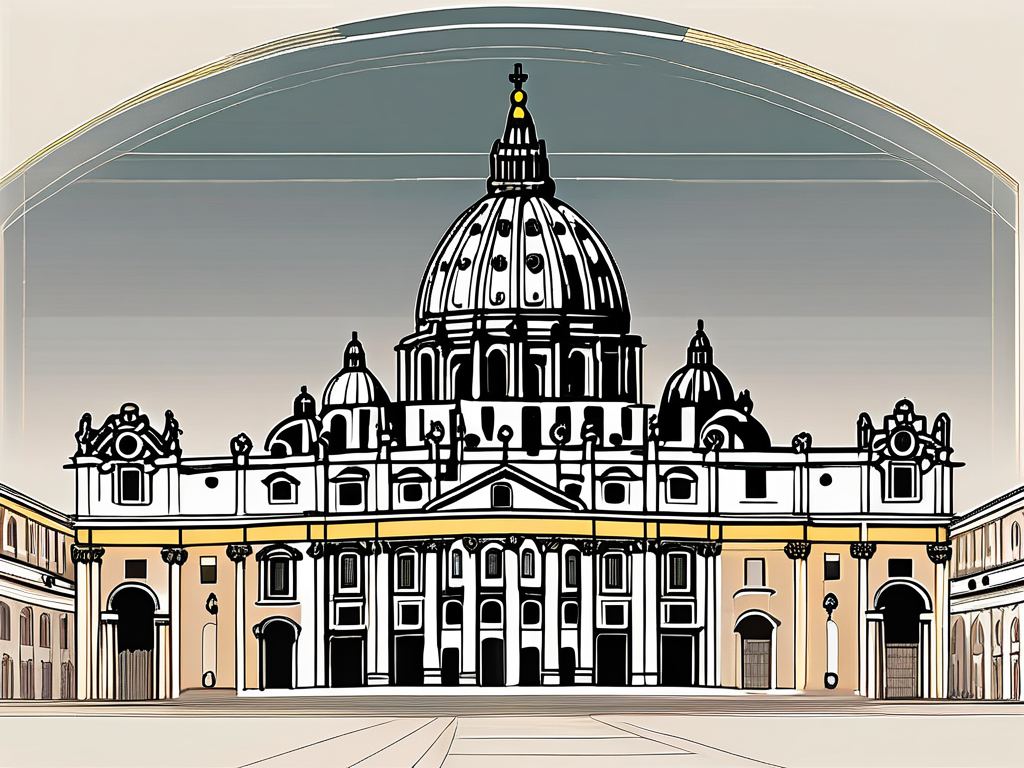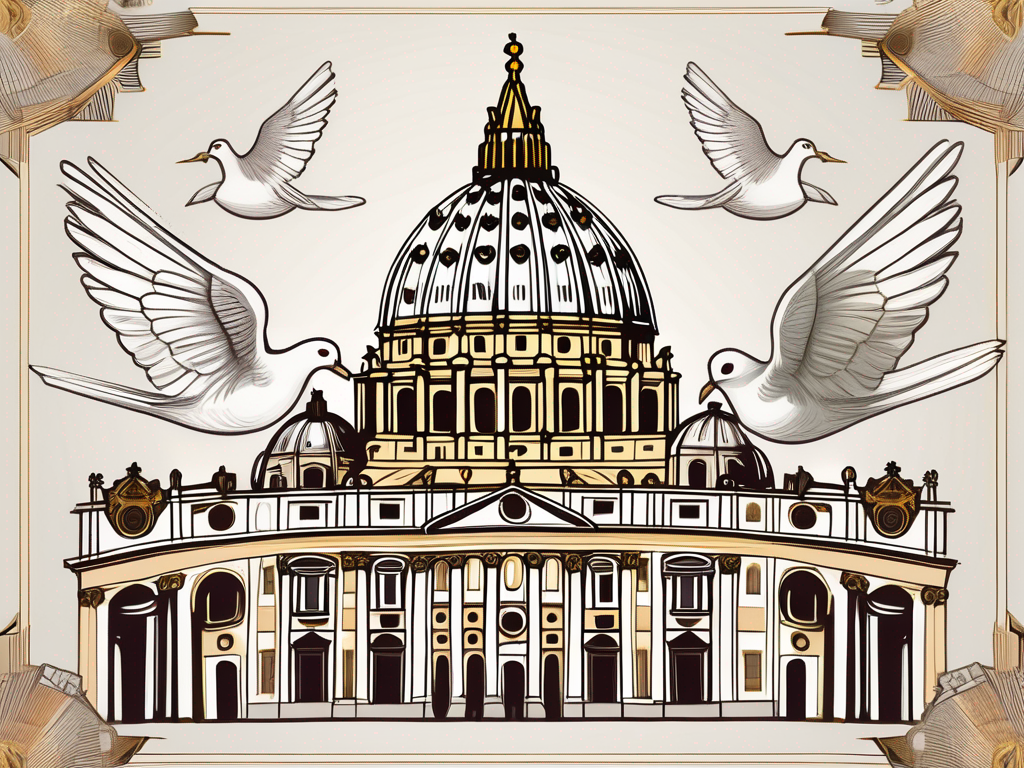Pope Sixtus V, also known as Felice Peretti, was one of the most influential popes in the history of the Catholic Church. His reign, which lasted from 1585 to 1590, was marked by his ambitious reforms, architectural contributions, diplomatic relations, and controversies. Let’s delve into the life and legacy of this remarkable pontiff.
Early Life and Ascension to Papacy
Born in 1521 in the small Italian village of Grottammare, Felice Peretti grew up in humble surroundings. As a young boy, he displayed an insatiable curiosity and a deep passion for learning. His intelligence and dedication caught the attention of the local clergy, who provided him with an education.
Peretti’s journey to the papacy was a remarkable one. After joining the Franciscan order, he rapidly ascended through the ranks, thanks to his exceptional knowledge of theology and his unwavering commitment to the Church. In 1585, he was elected as Pope Sixtus V, taking the name in honor of the previous pope, Sixtus IV.
As Pope Sixtus V, Felice Peretti embarked on a mission to restore the power and influence of the Catholic Church. He recognized the need for reform and set out to implement various changes to strengthen the Church’s position. One of his most significant achievements was the reorganization of the Roman Curia, the administrative body of the Church. He streamlined its operations, making it more efficient and responsive to the needs of the faithful.
Under his leadership, Pope Sixtus V also focused on the expansion and beautification of the city of Rome. He initiated numerous construction projects, including the completion of St. Peter’s Basilica and the Vatican Library. These grand architectural endeavors not only showcased the Church’s wealth and power but also served as symbols of its enduring influence.
Recognizing the importance of education, Pope Sixtus V established several schools and universities throughout Rome. He believed that knowledge was key to the spiritual and intellectual growth of the faithful. These educational institutions became centers of learning, attracting scholars from all over Europe and contributing to the cultural and intellectual vibrancy of the city.
In addition to his efforts within the Church, Pope Sixtus V also played a significant role in European politics. He actively supported Catholic monarchs and sought to strengthen alliances between Catholic nations. His diplomatic skills and influence were instrumental in shaping the political landscape of the time.
Throughout his papacy, Pope Sixtus V remained committed to the ideals of the Catholic Church and worked tirelessly to uphold its teachings. His unwavering dedication to the faith earned him the respect and admiration of both clergy and laity alike.
Despite facing numerous challenges and opposition during his reign, Pope Sixtus V left a lasting legacy. His reforms and initiatives transformed the Catholic Church, leaving it stronger and more unified than before. His vision and leadership continue to inspire generations of Catholics around the world.
Sixtus V’s Papal Policies
As pope, Sixtus V was determined to cleanse and strengthen the Vatican. He implemented a series of reforms, aiming to address the corruption and mismanagement that had plagued the Church for centuries.
Reformation of the Vatican
One of Sixtus V’s primary objectives was to restructure the Vatican’s bureaucratic system. He appointed trustworthy individuals to key positions and introduced accountability measures to ensure transparency and efficiency.
To further solidify his reforms, Sixtus V sought to diminish the influence of powerful families within the Church. He implemented strict regulations to curtail nepotism, which had been a recurring issue among previous popes. By doing so, he aimed to create a more meritocratic environment, where positions of power were earned based on competence rather than familial connections.
Additionally, Sixtus V recognized the importance of education in fostering a knowledgeable and capable clergy. He established educational institutions within the Vatican, providing comprehensive theological training to future priests and bishops. This emphasis on education aimed to elevate the intellectual caliber of the Church’s leadership, ensuring a more informed and capable clergy.
Financial and Administrative Reforms
Recognizing the dire financial state of the Church, Sixtus V launched an aggressive campaign to raise funds. He established new taxes and levies, reformed the administration of Church properties, and cracked down on embezzlers. These measures aimed to restore the Church’s financial stability and ensure that its resources were used for the benefit of the faithful.
Furthermore, Sixtus V undertook extensive public works projects to stimulate economic growth and improve the lives of the people in Rome. He initiated the renovation of aqueducts, ensuring a reliable water supply for the city. This not only improved the living conditions of the Roman population but also demonstrated Sixtus V’s commitment to the well-being of his flock.
In addition to the aqueduct renovations, Sixtus V also focused on improving the transportation infrastructure of Rome. He oversaw the construction of new roads, facilitating trade and commerce within the city. These infrastructure projects not only boosted the economy but also enhanced the overall accessibility and connectivity of Rome.
Moreover, Sixtus V’s financial reforms extended beyond the Vatican’s borders. He established a system of grants and loans to support struggling European monarchies, aiming to maintain stability and prevent the spread of religious conflicts. By providing financial assistance to these nations, Sixtus V sought to promote peace and unity within the Christian world.
In conclusion, Sixtus V’s papal policies encompassed a wide range of reforms aimed at cleansing and strengthening the Vatican. Through his efforts, he reformed the bureaucratic system, combated nepotism, implemented financial and administrative reforms, and undertook extensive public works projects. Sixtus V’s legacy as a reformer and administrator continues to shape the modern-day Vatican and the Catholic Church as a whole.
Architectural Contributions
One of Sixtus V’s lasting legacies is his significant impact on the architectural landscape of Rome. He commissioned the construction of numerous iconic monuments and structures that still stand today.
Sixtus V’s passion for urban development and architectural beauty transformed Rome into a magnificent and orderly city. His visionary approach to city planning left an indelible mark on the cityscape, shaping it into what we see today.
Urban Development of Rome
Sixtus V’s dedication to urban development knew no bounds. He recognized the need for a well-organized city that could accommodate the growing population and provide a harmonious living environment. To achieve this, he embarked on an ambitious project to widen existing streets, opening up new thoroughfares that would ease congestion and improve connectivity.
But Sixtus V’s urban planning efforts went beyond mere expansion. He had a keen eye for aesthetics and understood the importance of public spaces. As a result, he established piazzas throughout the city, creating vibrant hubs for social gatherings and cultural events. These piazzas became the heart of the city, where locals and tourists alike could come together and experience the beauty of Rome.
Iconic Monuments and Structures
While Sixtus V’s urban planning efforts were impressive, his architectural contributions were equally remarkable. Recognizing the power of grand structures to leave a lasting impression, he commissioned renowned architects to create masterpieces that would forever define Rome’s skyline.
One of the most iconic examples of Sixtus V’s architectural vision is the dome of St. Peter’s Basilica. Designed by Michelangelo and later completed by Giacomo della Porta, this majestic dome stands as a testament to the grandeur and beauty that Sixtus V sought to bring to Rome. Its intricate details and imposing presence continue to awe visitors from around the world.
Another notable architectural marvel commissioned by Sixtus V is the iconic obelisk in the center of St. Peter’s Square. This ancient Egyptian obelisk, originally brought to Rome by Emperor Caligula, was relocated and re-erected by Sixtus V to serve as a symbol of the city’s rich history and enduring legacy. Standing tall amidst the grandeur of the square, it serves as a reminder of Rome’s timeless beauty.
These are just a few examples of the many architectural contributions made by Sixtus V. His vision and passion for creating a city that would stand the test of time have left an indelible mark on Rome’s architectural landscape, ensuring that his legacy lives on for generations to come.
Diplomatic Relations and Conflicts
During his papacy, Sixtus V actively engaged in diplomatic relations with European monarchs and faced conflicts that tested his leadership and resolve.
Relations with European Monarchs
Sixtus V was known for his diplomatic prowess and successfully navigated various political complexities. He pursued alliances with Catholic monarchs, such as King Philip II of Spain, to strengthen the influence of the Catholic Church.
Involvement in the Ottoman Wars
The Ottoman Empire posed a significant threat to Europe during Sixtus V’s pontificate. He actively supported military campaigns against the Ottomans, providing financial aid and rallying Catholic forces. His involvement in the Ottoman Wars earned him the admiration of many Europeans.
Controversies and Criticisms
Despite his numerous accomplishments, Sixtus V was not without his share of controversies and criticisms.
Accusations of Nepotism
Although he had implemented strict regulations to combat nepotism, Sixtus V faced accusations of favoring his family members in granting influential positions within the Church. These allegations tarnished his reputation to some extent.
Strict Enforcement of Morality
Sixtus V’s strict moral code and unwavering enforcement of church doctrines earned him both praise and censure. While some admired his commitment to upholding moral standards, others criticized his heavy-handed approach, which limited personal freedoms.
In conclusion, the reign of Pope Sixtus V was a significant period in the history of the Catholic Church. His reforms, architectural contributions, diplomatic relations, and controversies shaped his legacy as a forceful and influential pope. Whether admired or criticized, his impact on the Church and the city of Rome is undeniable.
